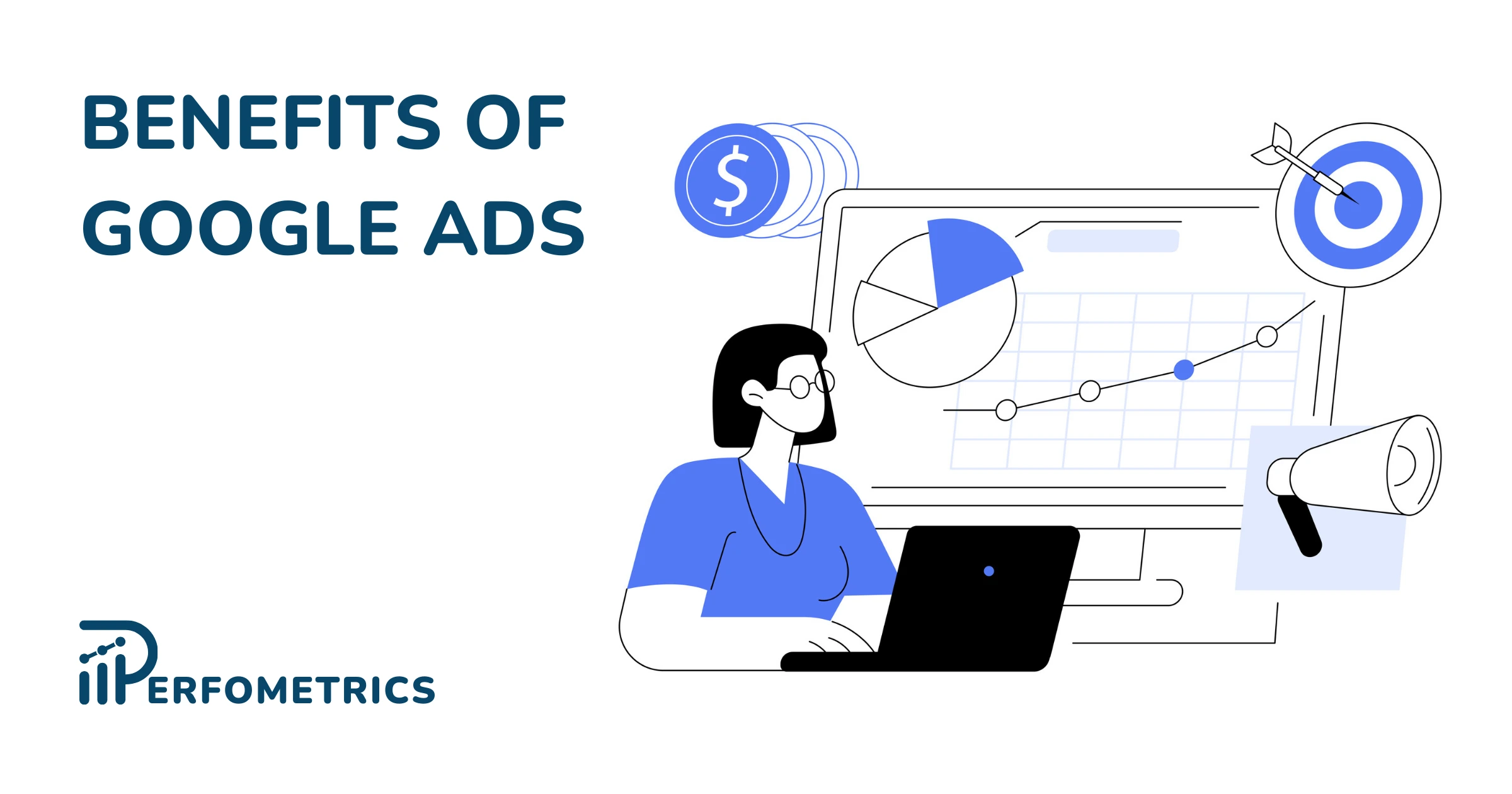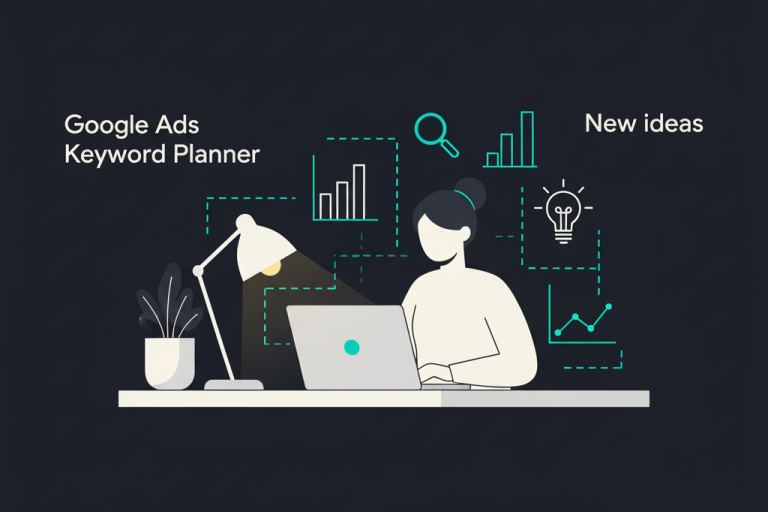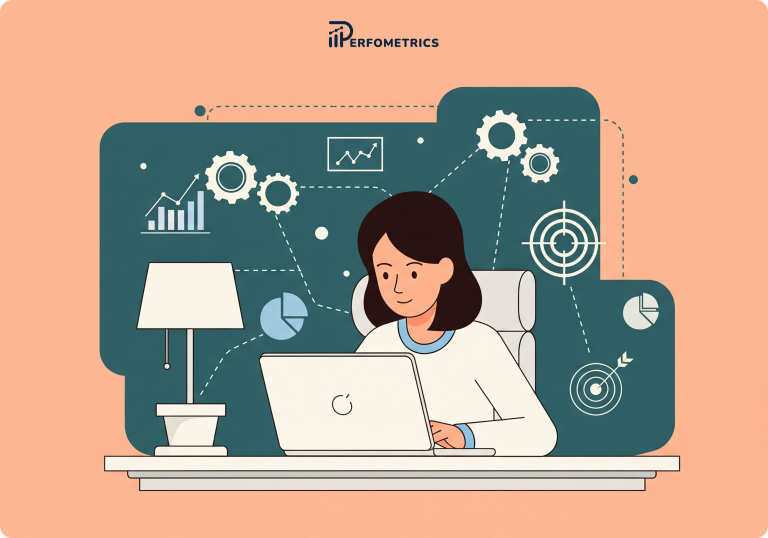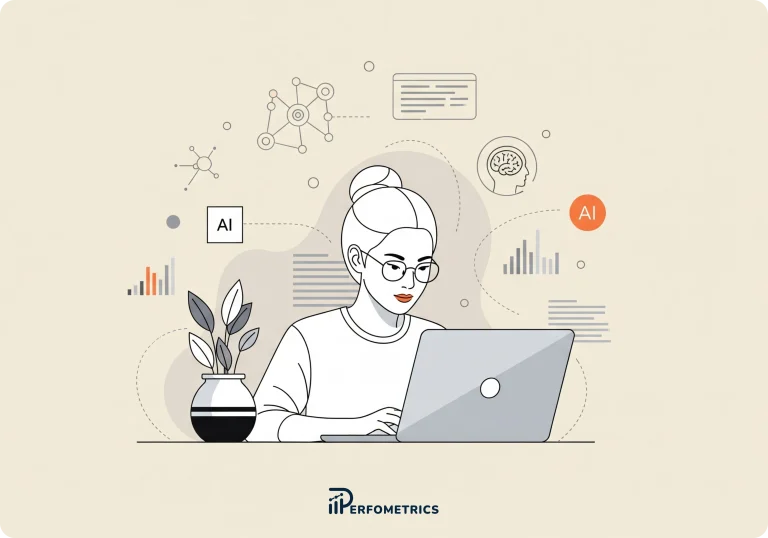What Are the Benefits of Google Ads? A Complete Breakdown

If you’re wondering, what are the benefits of Google Ads? , you’re in the right place. Google Ads is one of the most powerful digital advertising platforms, but its true value comes from how it works behind the scenes.
At its core, Google Ads helps businesses connect with potential customers precisely when they’re searching for relevant products or services. Unlike social media ads that disrupt a user’s experience, Google Ads shows up in search results at the moment of intent. This makes it one of the most effective ways to generate high-quality traffic, leads, and sales.
6 Key Benefits of Google Ads for Businesses
1. Google Ads Puts You in Front of People When They Need You
One of the most powerful advantages of Google Ads is that it places your business in front of potential customers at the exact moment they’re looking for a solution. This is what makes search engine advertising fundamentally different from other forms of marketing.
Think about traditional advertising, billboards, TV commercials, or even social media ads. These methods rely on interruption-based marketing, meaning they appear when the customer is not actively searching for a product. A person scrolling through Instagram isn’t necessarily looking for a new pair of shoes, but they might come across an ad for one.
Google Ads, on the other hand, works based on intent-based marketing. When someone searches for a specific keyword like “best budget running shoes”, Google Ads ensures that businesses selling running shoes appear right at the top of search results. This means the people who see your ad already have an interest in what you’re offering, making them far more likely to engage, click, and convert.
This real-time matching of user intent with relevant businesses is what makes Google Ads such an effective and high-converting advertising channel.
2. Immediate Results Compared to SEO
SEO (Search Engine Optimization) is a crucial long-term strategy, but it takes time, sometimes months, to see results. You need to optimize your website, create high-quality content, and earn backlinks before Google starts ranking your pages higher.
Google Ads, on the other hand, delivers immediate visibility.
The moment you launch a campaign, your ad can start appearing in search results within hours. This makes Google Ads the perfect solution for businesses that need fast traffic, whether for launching a new product, running a seasonal promotion, or generating immediate leads.
Beyond speed, Google Ads also provides real-time performance data. Unlike SEO, where you might have to wait weeks to see if a keyword is ranking well, Google Ads gives you immediate insights:
- How many people saw your ad (impressions)
- How many clicked on it (click-through rate)
- How many converted into leads or sales (conversion rate)
This instant feedback loop allows you to make quick adjustments, optimizing your budget, testing new keywords, and refining your messaging to improve performance.
While SEO is essential for sustainable growth, Google Ads is the fastest way to drive targeted traffic and conversions without waiting months for organic rankings.
3. Advanced Targeting Ensures You Reach the Right People
One of the standout benefits of Google Ads is its precision targeting. You don’t just reach a broad audience, you can fine-tune your campaigns to ensure your ads appear only to the people most likely to convert.
Google Ads offers multiple targeting options, including:
- Keyword Targeting – Show your ads only when people search for specific terms related to your business. For example, a local dentist can bid on “emergency tooth extraction near me” rather than wasting money on generic searches like “dentist”.
- Location Targeting – If you run a business that serves a specific area, you can limit your ads to people within a set radius. This prevents wasted ad spend on people outside your service area.
- Demographic Targeting – You can filter your audience based on factors like age, gender, household income, and even parental status.
- Device Targeting – Want to show ads only to mobile users? Or exclude desktop searches? Google Ads lets you do that.
- Interest & Behavioral Targeting – Reach users based on their browsing behavior, such as people who have previously searched for similar products.
This level of targeting maximizes your ad spend by ensuring that your ads reach only those who are most likely to take action, rather than wasting impressions on irrelevant audiences.
4. Budget Flexibility – You Control What You Spend
Unlike traditional advertising, where you pay a fixed amount for exposure (like a billboard or TV ad), Google Ads operates on a pay-per-click (PPC) model. This means:
- You only pay when someone clicks on your ad, not just for being seen.
- You set a daily budget and can increase or decrease it anytime.
- You can set a maximum cost-per-click (CPC), ensuring you never overpay for a single ad click.
This flexibility makes Google Ads accessible to businesses of all sizes. Whether you have a small budget or a large one, you have full control over how much you spend and where your money goes.
Even better, Google optimizes your budget over time. With automated bidding strategies, Google Ads uses machine learning to adjust your bids in real-time, ensuring you get the best possible results for your budget.
For small businesses, this means you don’t need a huge ad budget to compete with larger brands, you just need a well-optimized campaign.
5. Google Ads Levels the Playing Field for Small Businesses
Many small business owners assume that Google Ads is only for big companies with huge marketing budgets. But that’s not the case.
Unlike traditional media (where big brands can outspend smaller ones), Google Ads operates on a quality-based system. This means ad placement isn’t just determined by how much you spend, but also by how relevant and high-quality your ad is.
Google assigns each ad a Quality Score, which is based on:
- Ad relevance – How well your ad matches the search query.
- Landing page experience – Whether the page you’re sending traffic to is useful and relevant.
- Click-through rate (CTR) – The percentage of people who click your ad when they see it.
A small business with a highly relevant, well-targeted ad can actually outrank a big corporation with a higher budget but a weaker ad.
This means small businesses have a real chance to compete and win, even against major brands.
6. Remarketing Helps You Convert More Visitors
Most website visitors don’t convert on their first visit, in fact, studies show that over 90% of users don’t buy the first time they see an offer. This is where remarketing comes in.
With Google Ads, you can retarget people who have already visited your website but didn’t convert. These ads “follow” users across different websites and apps, reminding them about your business.
For example:
- A user visits your online store but doesn’t complete their purchase.
- Later, they browse another website, and your ad appears, reminding them of the product they viewed.
- This increases the chances that they return to your site and complete their purchase.
Remarketing is one of the most effective strategies for boosting conversions because it keeps your brand top of mind and encourages hesitant buyers to take action.
Our Final Thoughts
Google Ads isn’t just another advertising platform, it’s one of the most powerful ways to generate high-intent traffic, leads, and sales.
From immediate visibility and advanced targeting to budget flexibility and remarketing tools, Google Ads provides businesses with everything they need to grow.
If you want to reach customers right when they’re searching, optimize your budget, and drive real results, Google Ads is the way to go.



